
miles
The Nord Süd Trail is a unique long-distance hiking trail through Germany that connects existing routes. With a total length of 3,700 kilometers, it stretches from the northernmost point of Germany on the island of Sylt to the southernmost point, Haldenwanger Eck, making it Germany’s longest long-distance hiking trail. Similar to the Appalachian Trail in the USA, Te Araroa in New Zealand, Sentiero Italia in Italy, and Hexatrek in France, Germany now has its own iconic long-distance hiking route: the Nord Süd Trail.
CERTIFIED TRAILS
guarantee maximum hiking enjoyment through Germany’s most beautiful landscapes. Enjoy the probably most varied long-distance hiking trail in Europe on wonderful predicate and premium hiking trails. Included are the European Long Distance Trail E1, Heidschnuckenweg, Sigwardsweg, Weserbergland-Weg, Märchenlandweg, Kassel-Steig, Habichtswaldsteig, Urwaldsteig-Edersee, Waldecker Weg, Diemelsteig, Rothaarsteig, Lahn-Dill-Bergland-Pfad, Westerwaldsteig, Natursteig Sieg, Rheinsteig, Soonwaldsteig, Saar-Hunsrück-Steig, Fünf-Kreise-Weg, Panoramaweg Sankt Wendeler Land, Jakobsweg, Veldenz Wanderweg, Pfälzer Höhenweg, Westpfalz-Wanderweg, Pfälzer Weinsteig, Saar-Rhein-Wanderweg, Rheinauenweg 3, Odenwald Vogesenweg, Nordrandweg, Westweg, Main-Neckar-Rhein-Weg, Schluchtensteig, Querweg and the Bodensee-Rundwanderweg, Wandertrilogie Allgäu.
National parks
Natural landscapes as diverse as they come. Germany’s national parks, nature parks, and biosphere reserves are true treasures of nature. They offer breathtaking landscapes, rare animal species, and exciting experiences for everyone who loves the outdoors. When exploring Germany’s national parks and protected areas, please do so with respect and adhere to the established rules.
– National parks in Germany are areas where nature is largely left undisturbed. Their motto is: “Let nature be nature.” These protected zones are strictly regulated, allowing plants and animals to thrive without human intervention.
– Nature parks, on the other hand, are vast protected landscapes where humans and nature coexist harmoniously. While national parks often preserve untouched wilderness, nature parks balance agriculture, tourism, and conservation, ensuring they work hand in hand.

Nationalpark Wattenmeer
KM 0
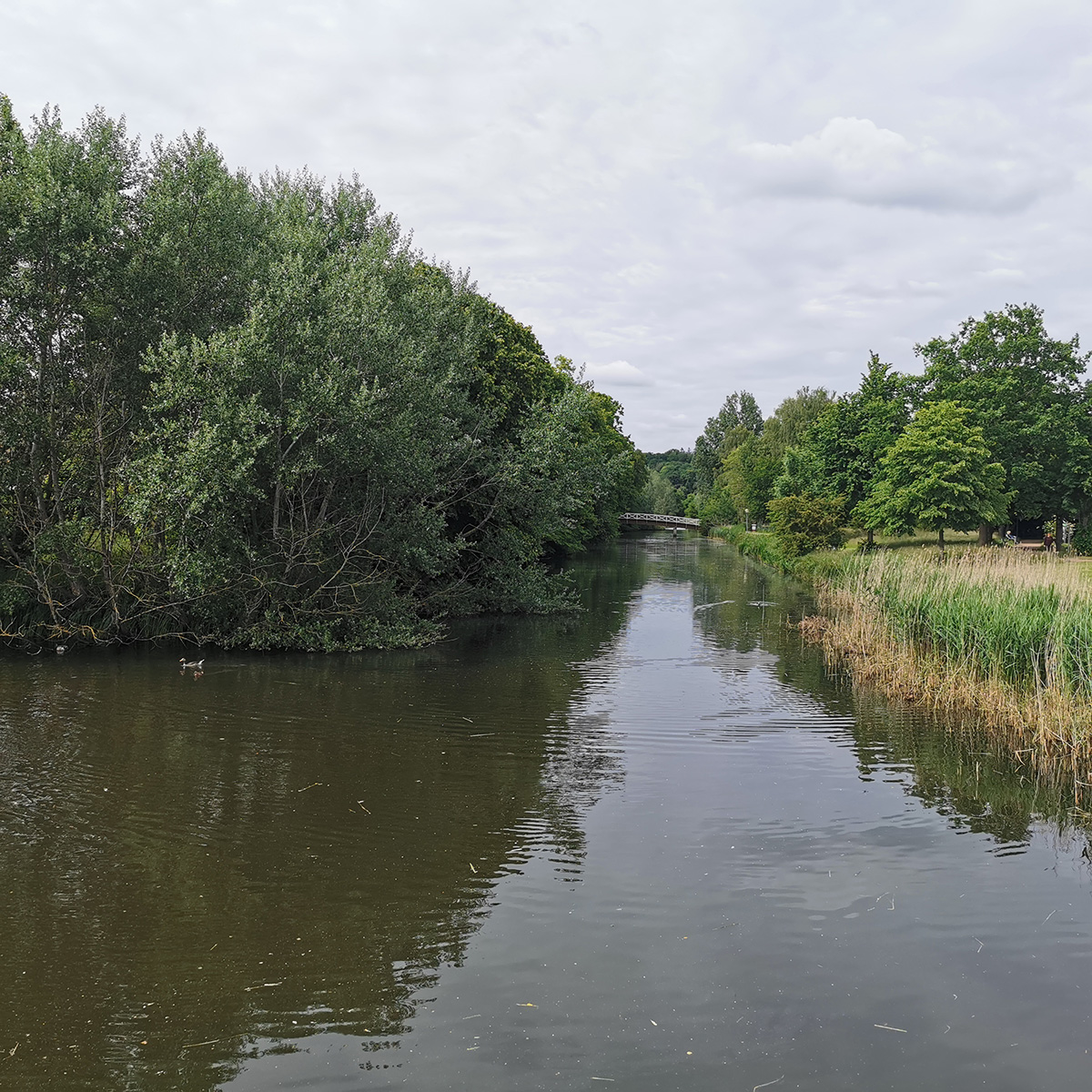
Naturpark Schlei
KM 170
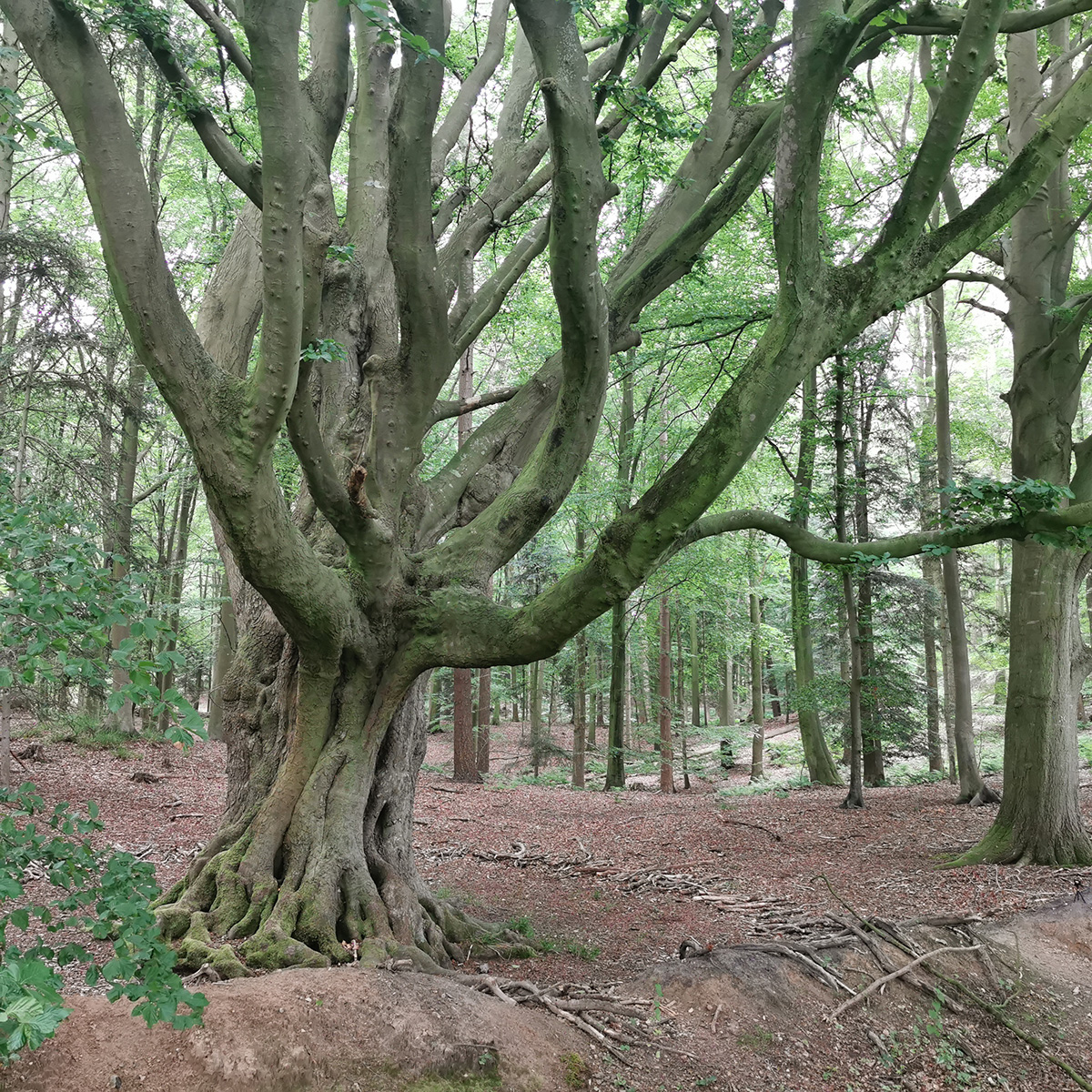
Naturpark Hüttener Berge
KM 190

Naturpark Holsteinische Schweiz
KM 310

Naturpark Lauenburgische Seen
KM 450

Biospährenreservat Schaalsee
KM 490

Naturpark Lüneburger Heide
KM 650
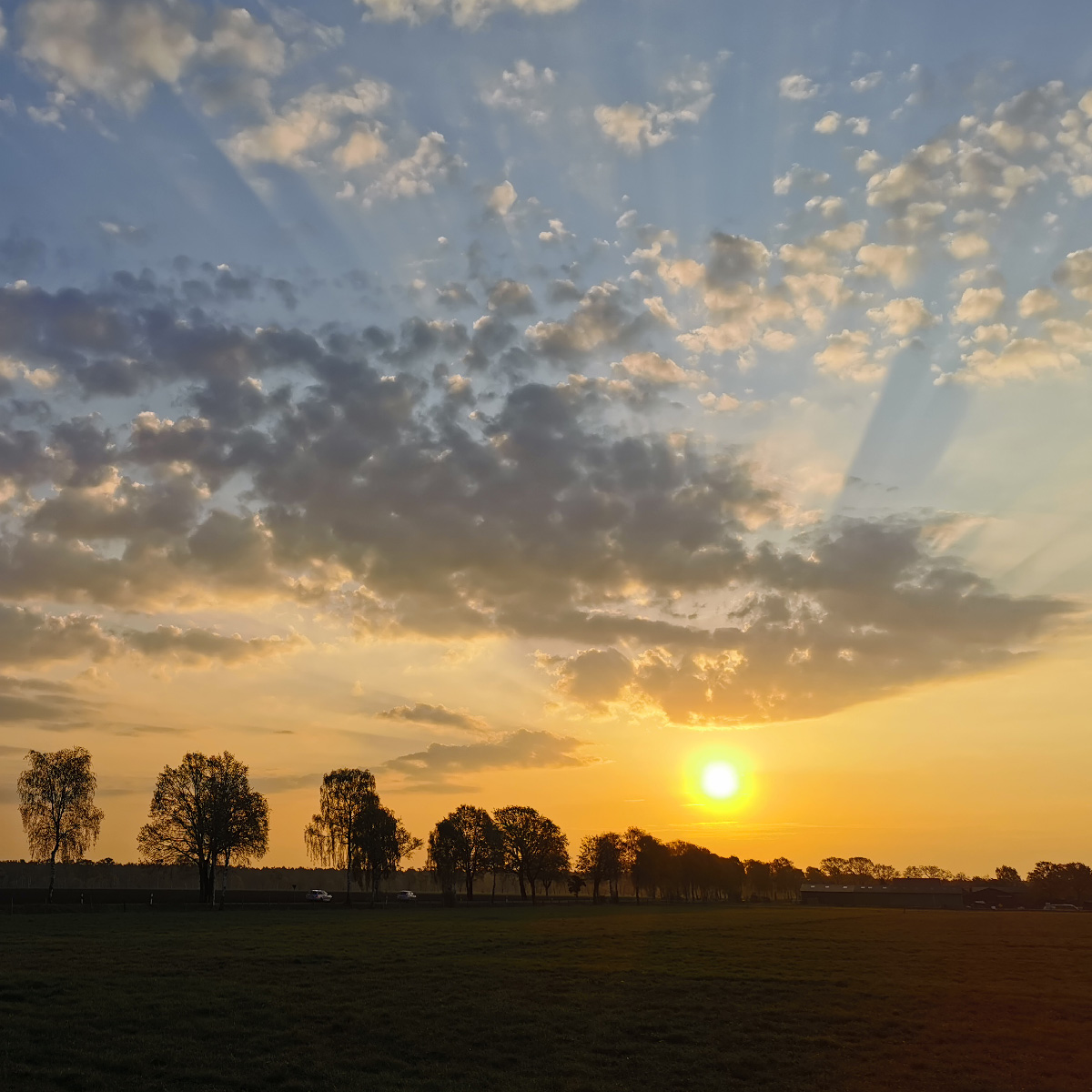
Naturpark Südheide
KM 750

Naturpark Steinhuder Meer
KM 880

Naturpark Weserbergland
KM 1000

Naturpark Solling-Vogler im Weserbergland
KM 1140

Naturpark Reinhardswald
KM 1260

Naturpark Teutoburger Wald/Eggegebirge
KM 1300
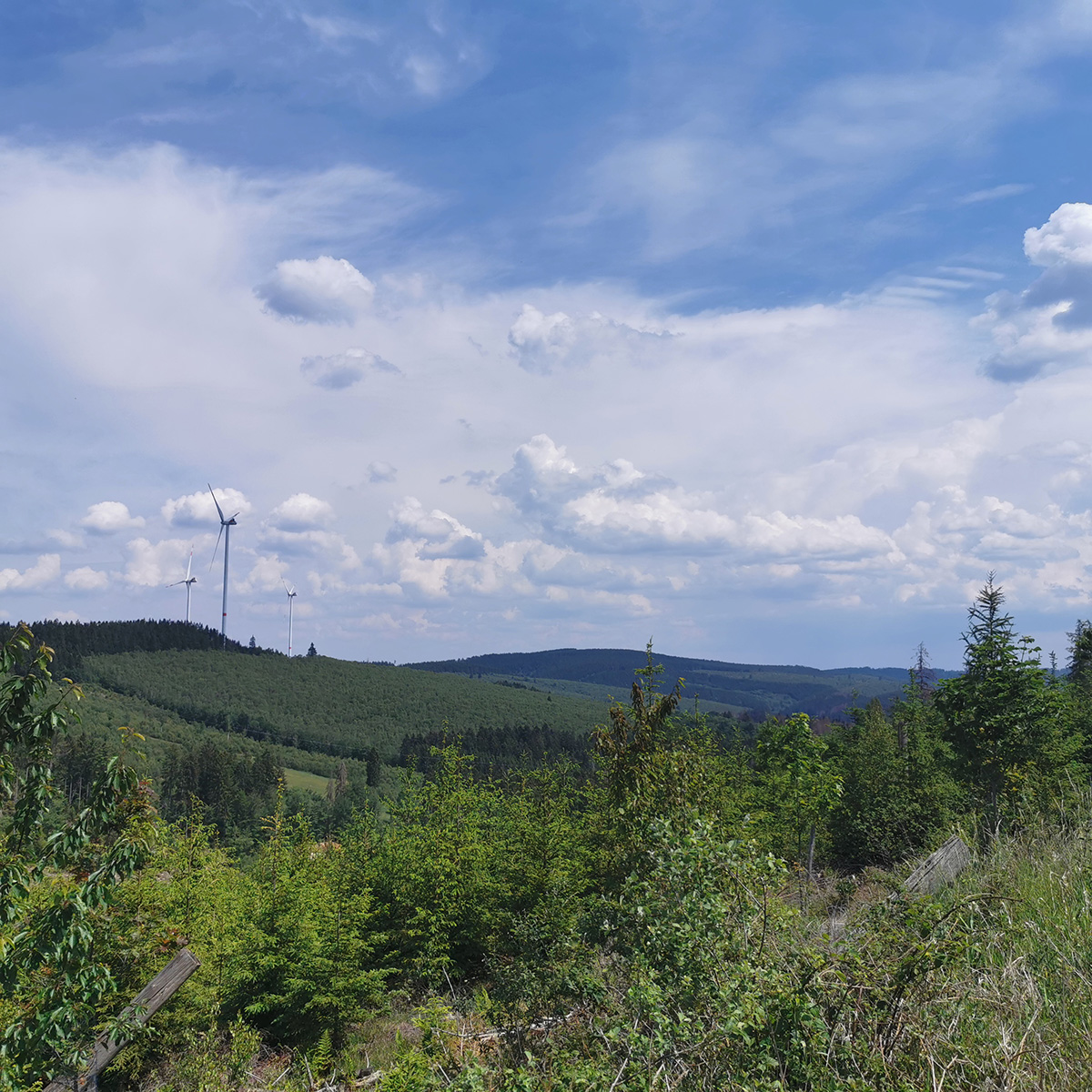
Naturpark Sauerland-Rothaargebirge
KM 1360
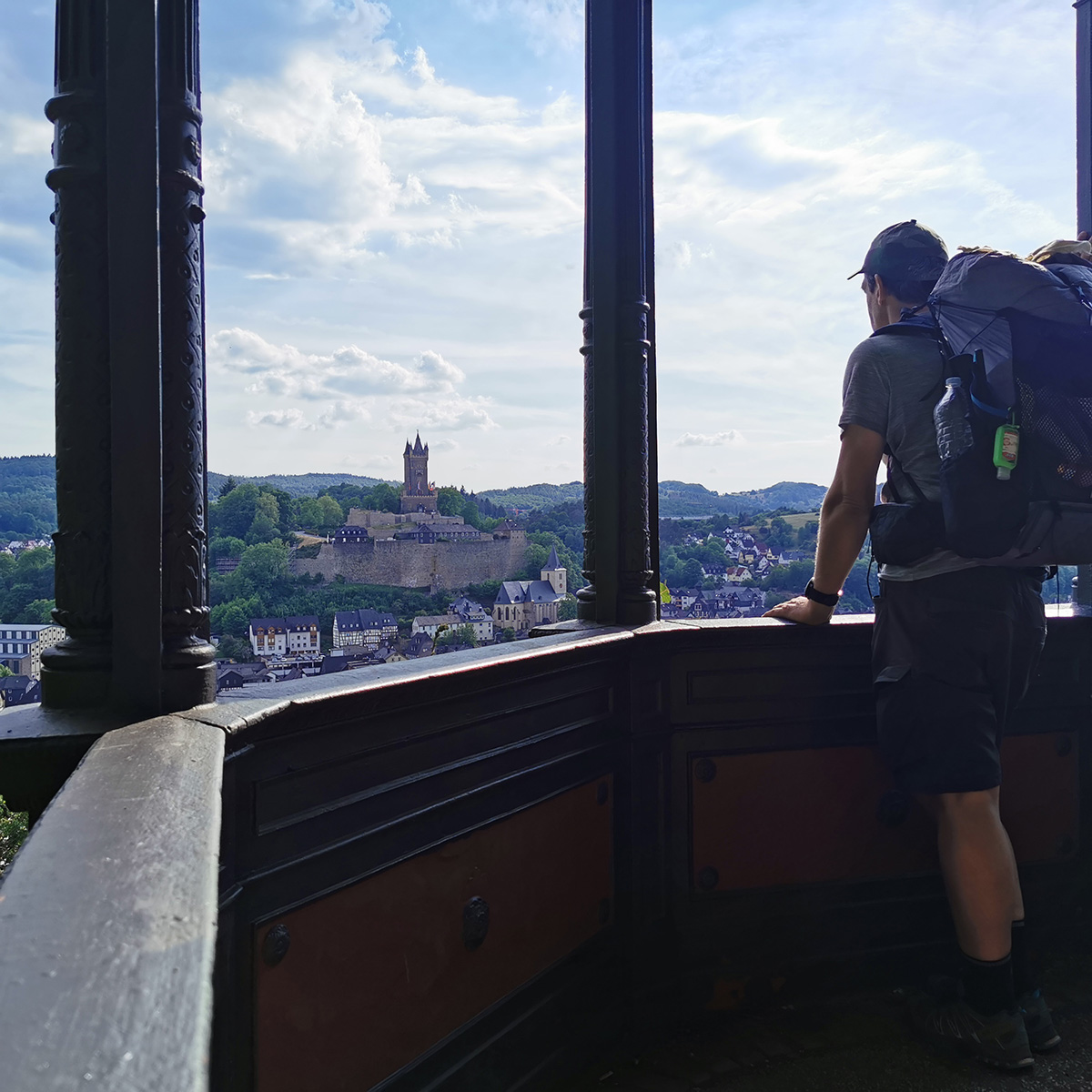
Naturpark Lahn-Dill-Bergland
KM 1490
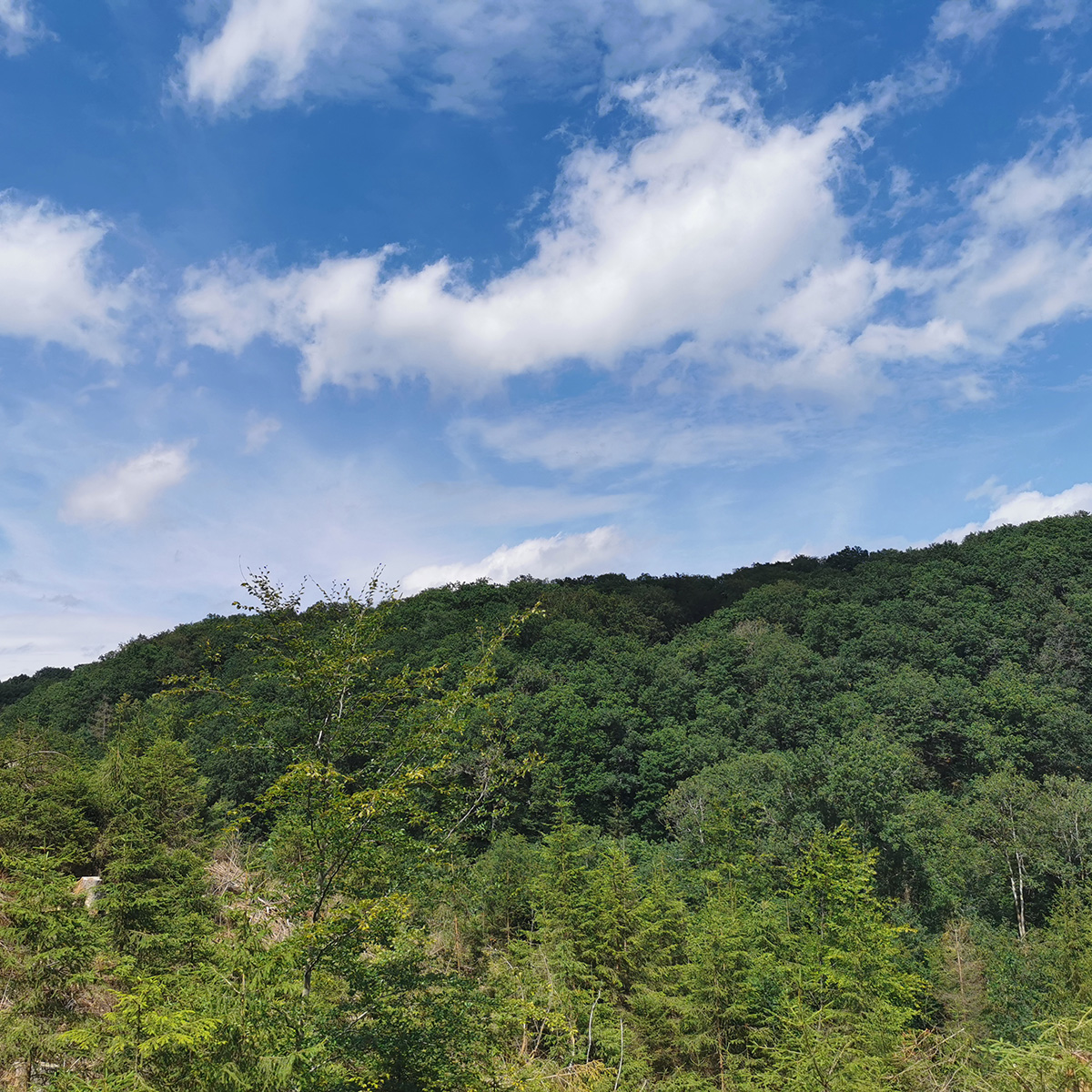
Naturpark Bergisches Land
KM 1600
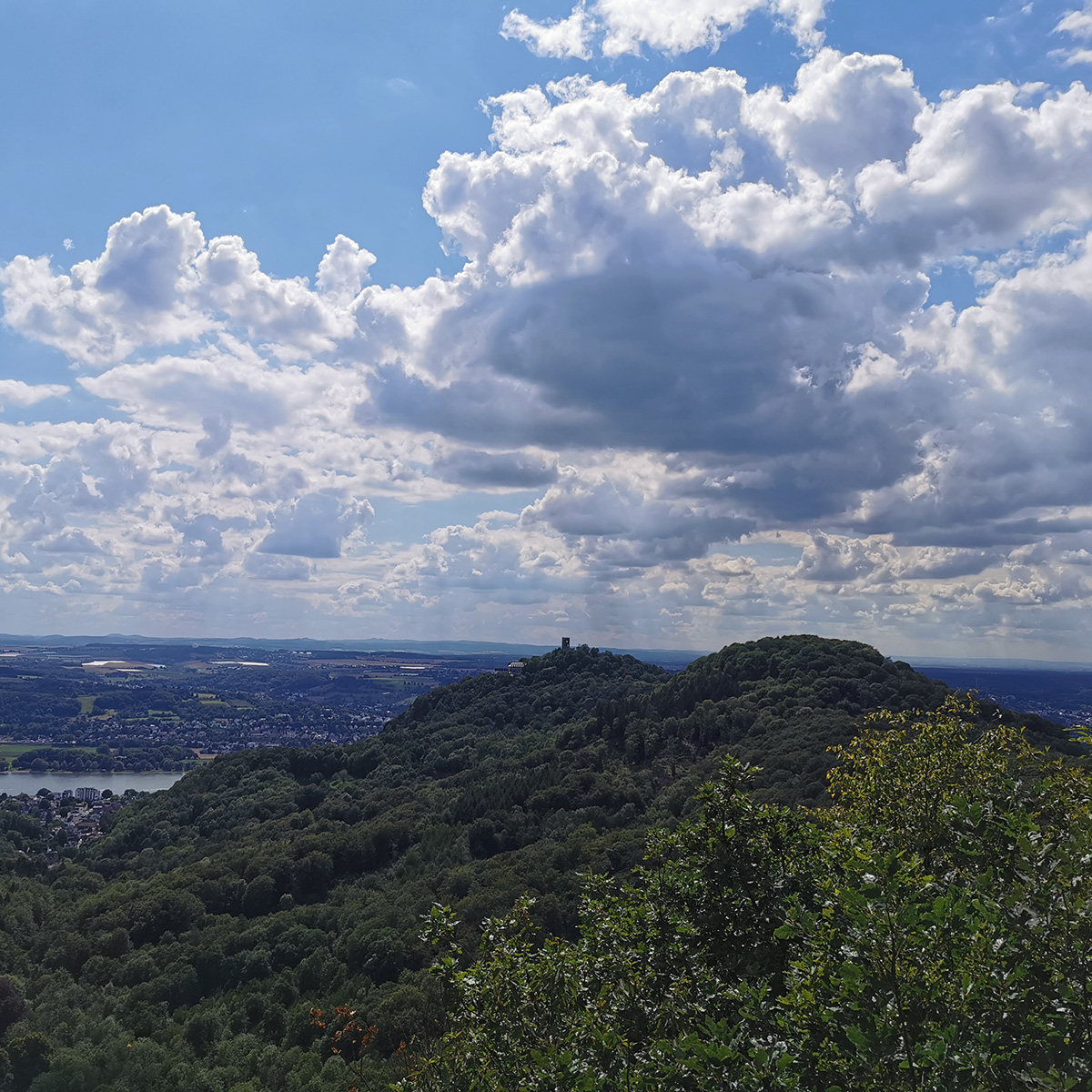
Naturpark Siebengebirge
KM 1760
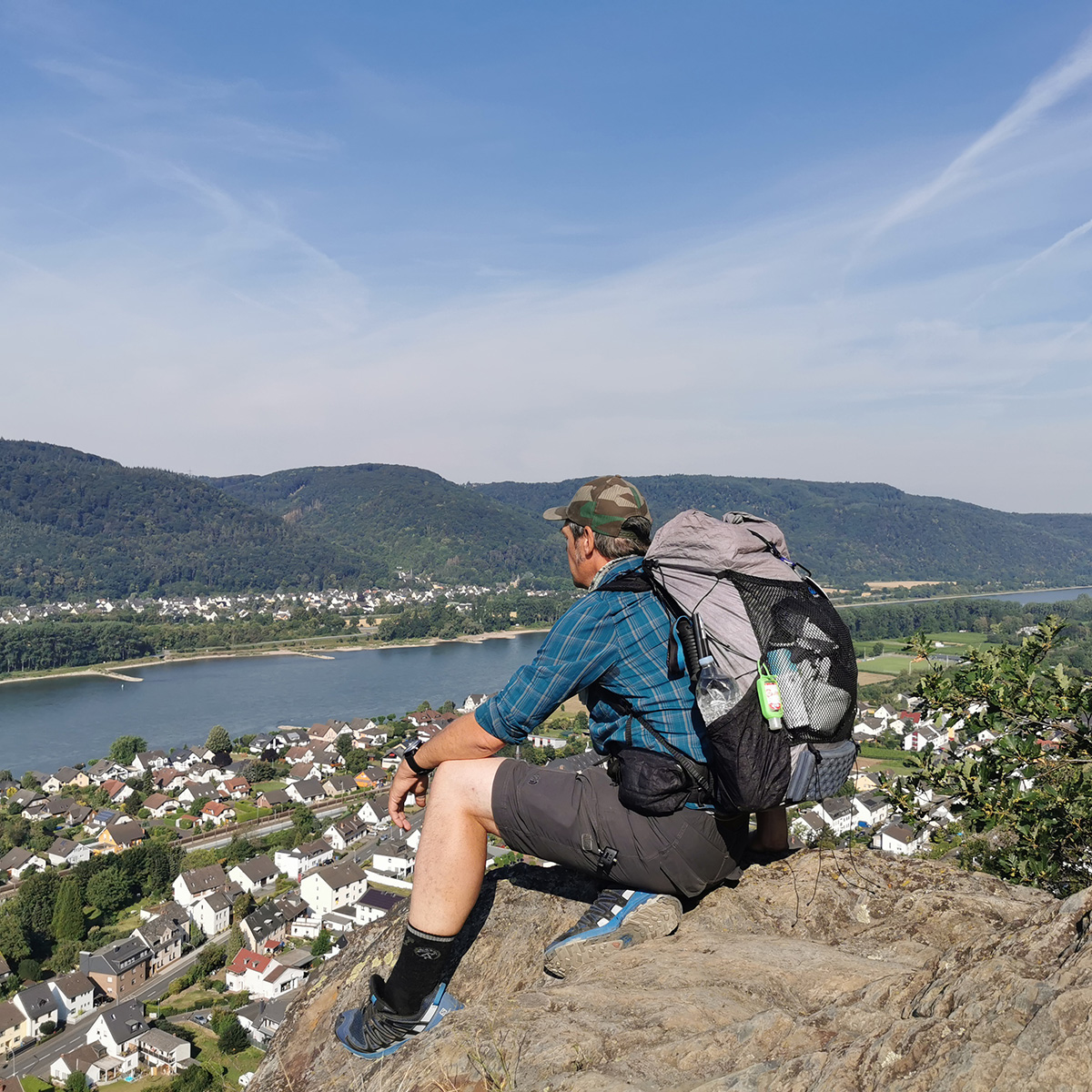
Naturpark Rhein-Westerwald
KM 1850
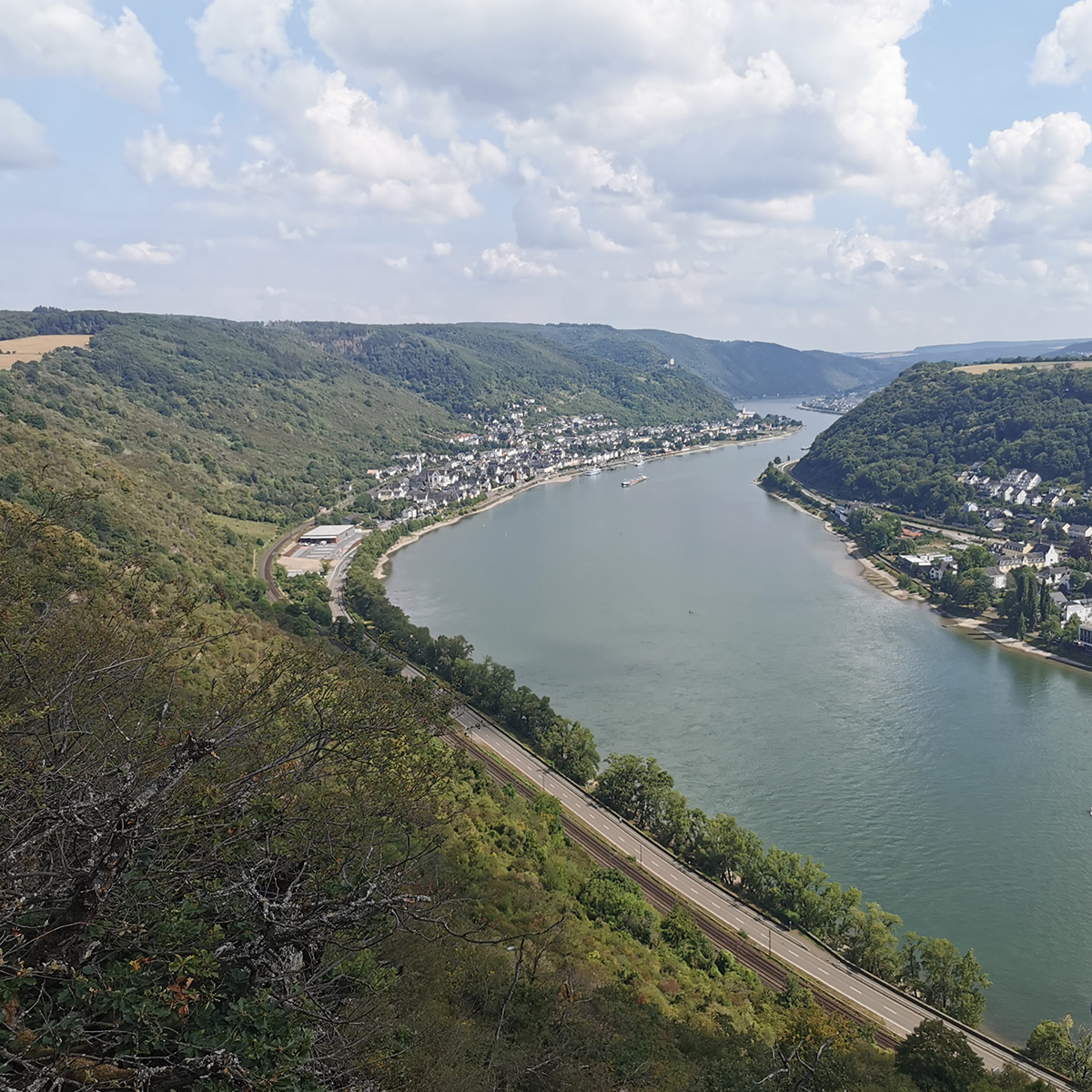
Naturpark Nassau
KM 1900

UNESCO-Welterbe Oberes Mittelrheintal
KM 1950

Naturpark Rhein-Taunus
KM 2000
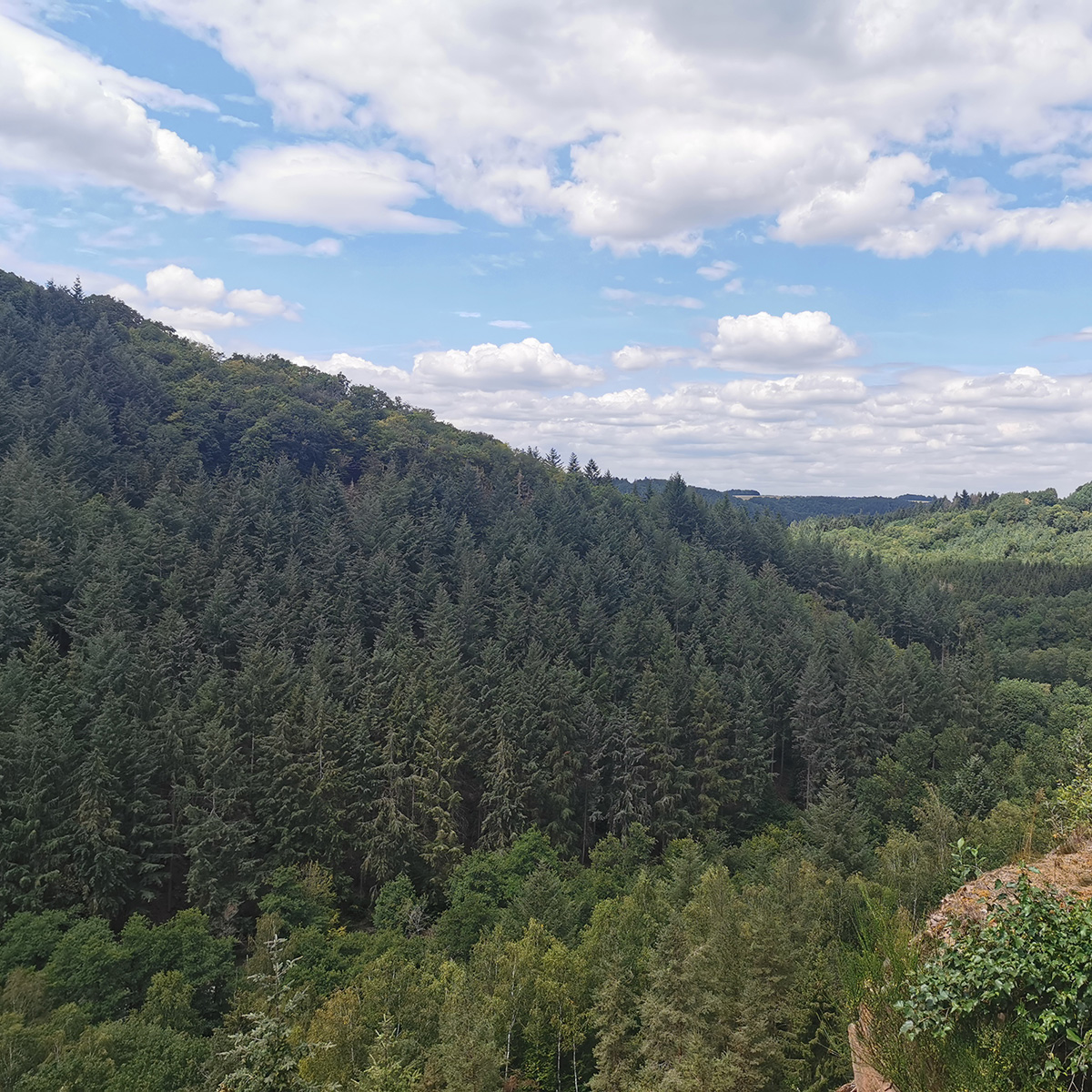
Naturpark Soonwald-Nahe
KM 2030
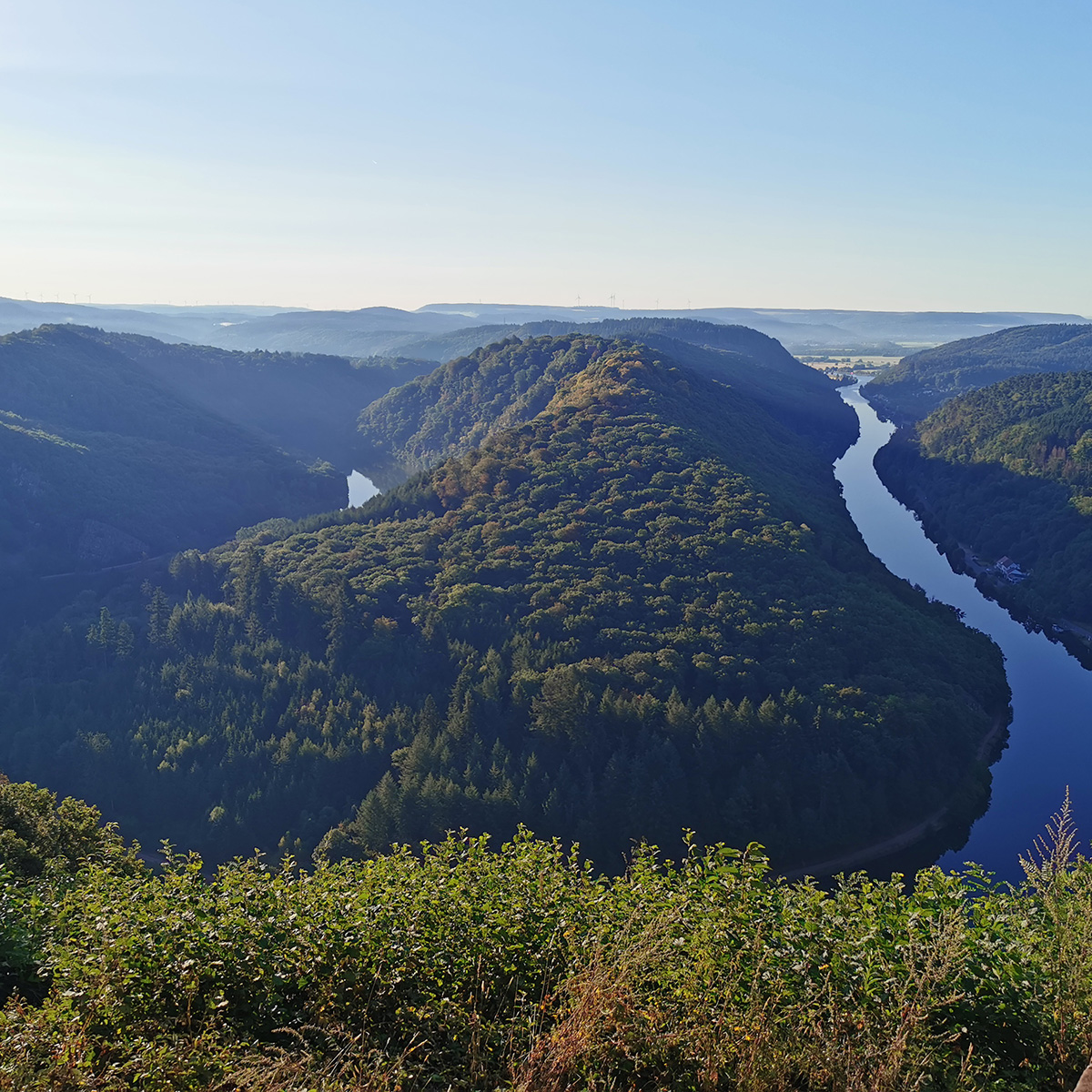
Nationalpark & Naturpark Saar-Hunsrück
KM 2200

Biosphärenreservat Pfälzerwald
KM 2450
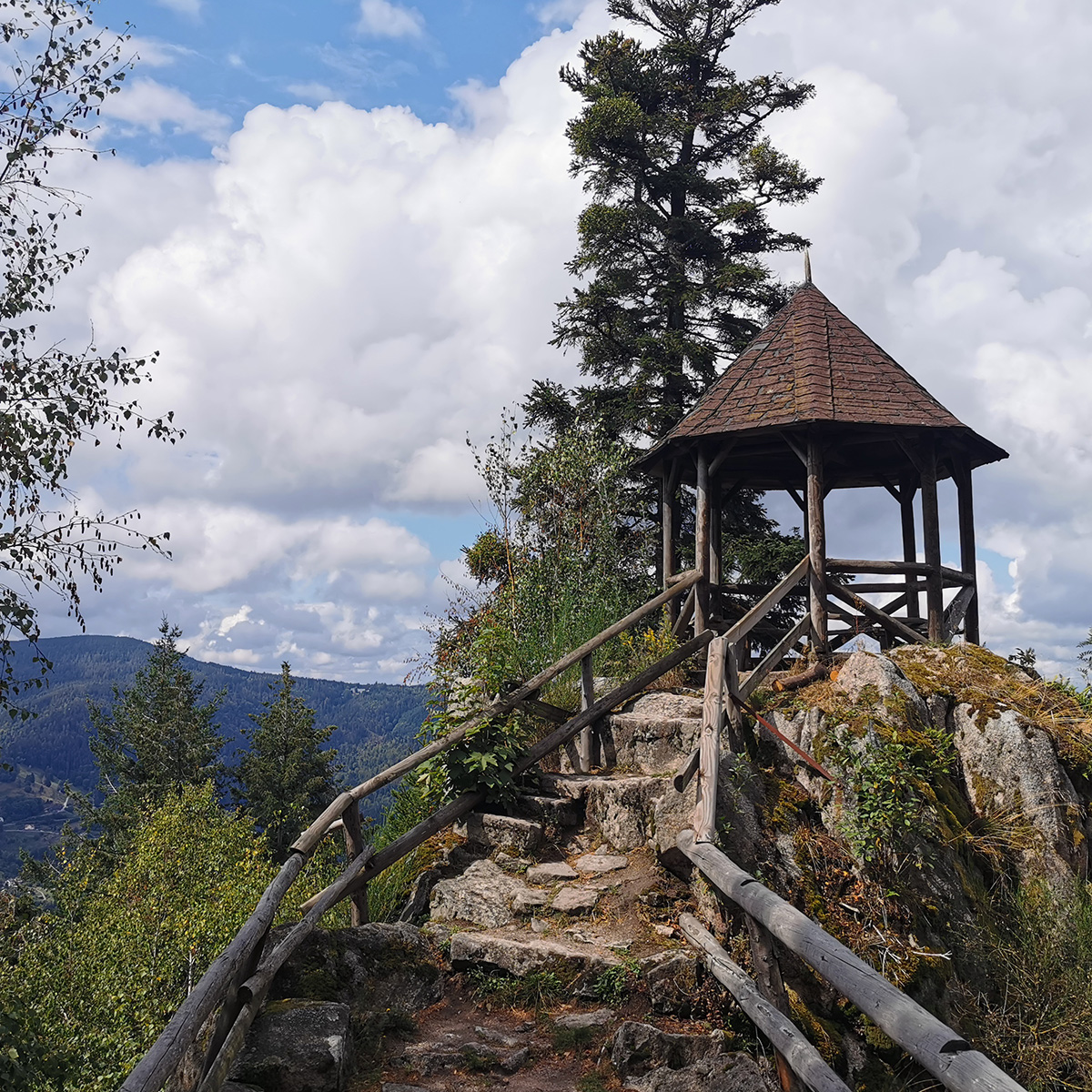
Naturpark Schwarzwald Mitte/Nord
KM 2700
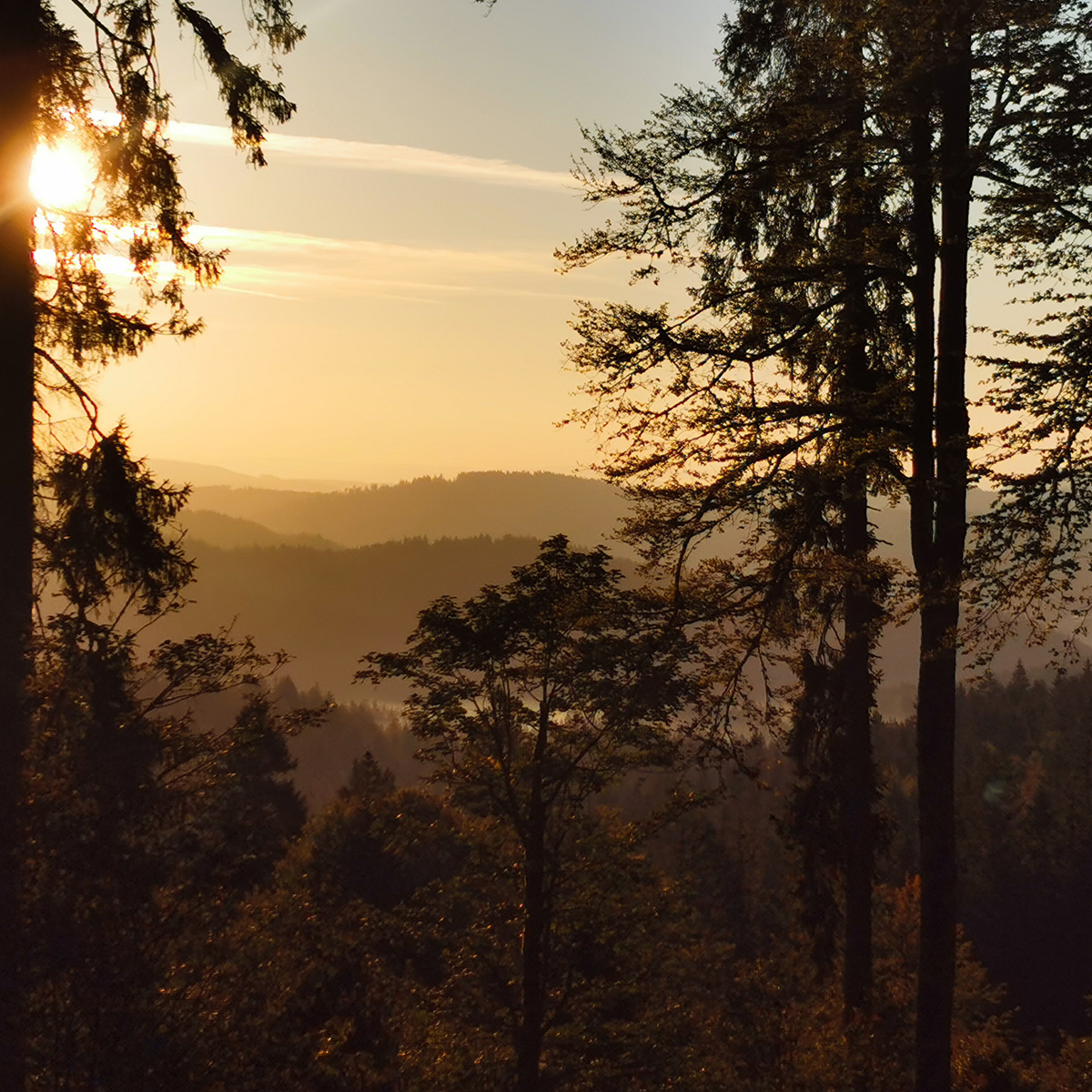
Nationalpark Schwarzwald
KM 2900
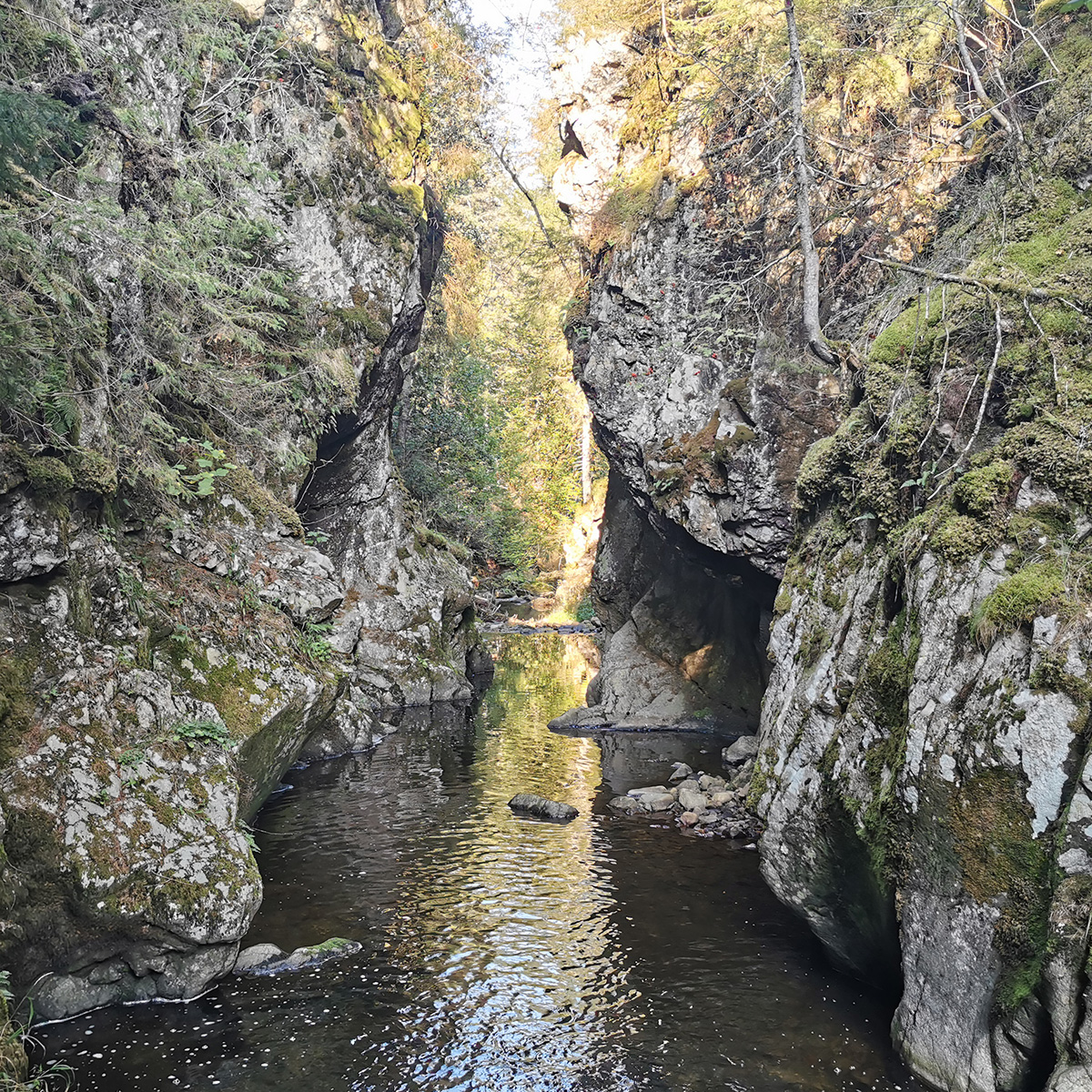
Naturpark Südschwarzwald
KM 3000
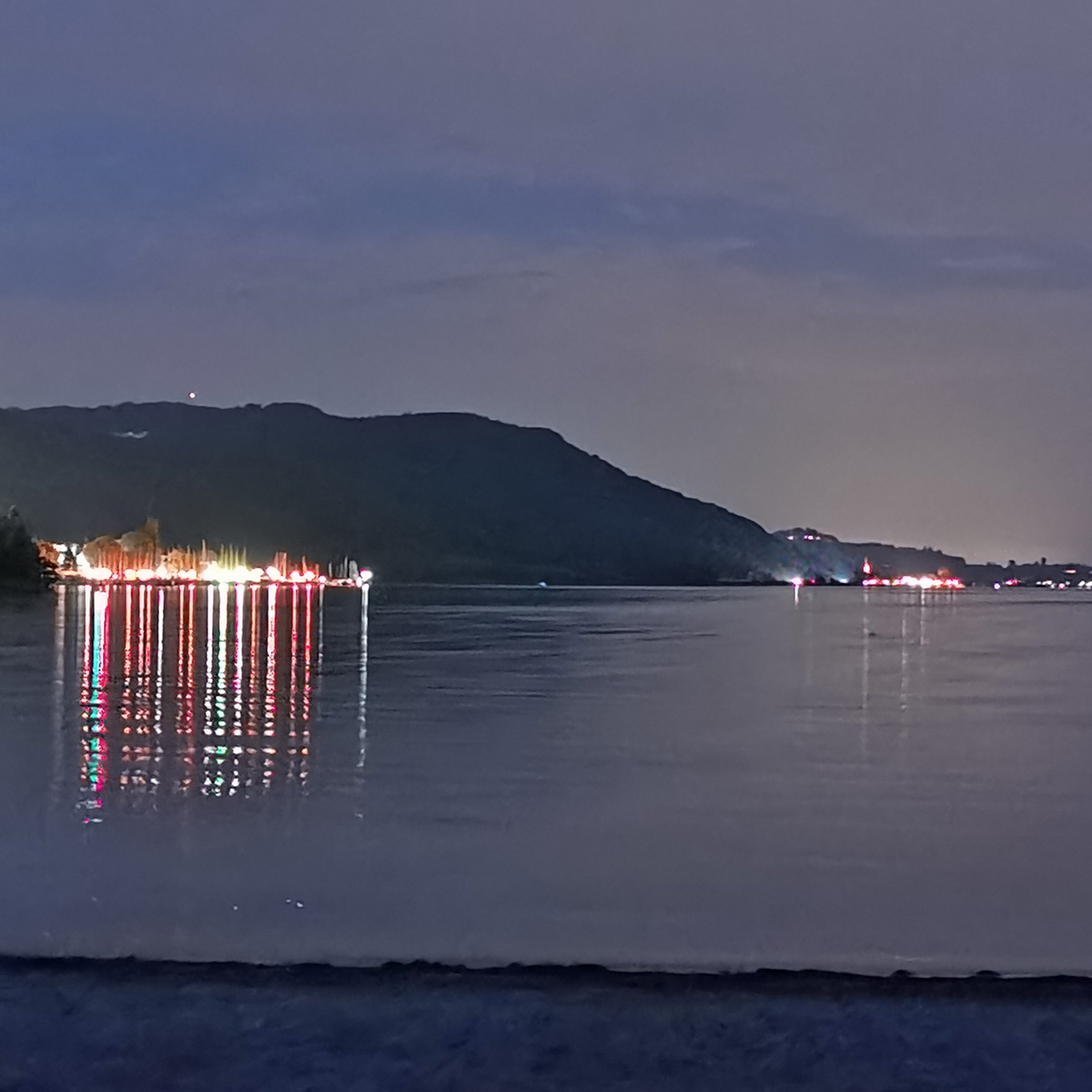
Bodensee
KM 3180

Naturpark Nagelfluhkette
KM 3300
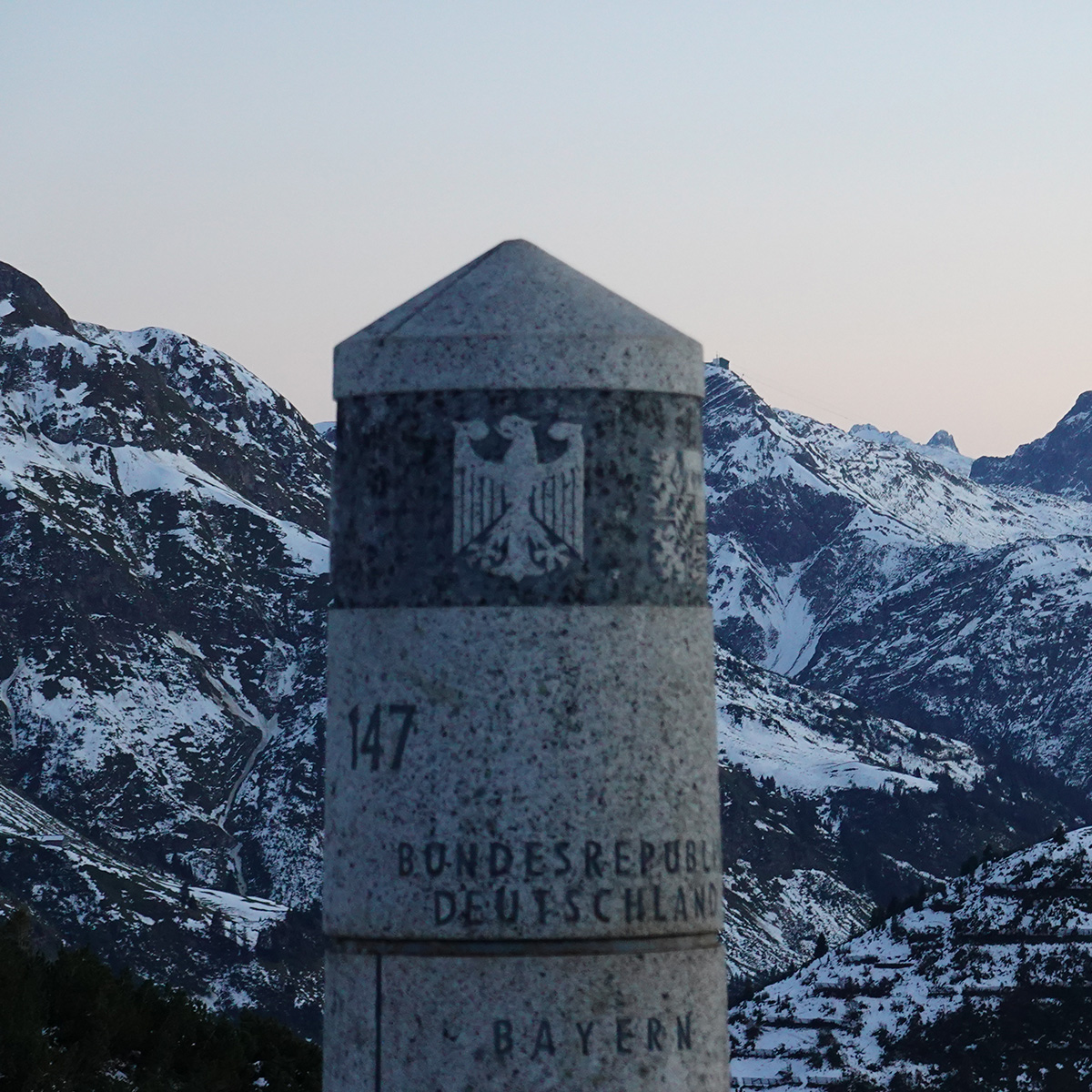
Alpen
KM 3330
ft
Over 90,000 meters of total elevation gain
make for a significant physical challenge. While the Nord-Süd-Trail (NST) and its 90,000 meters of elevation gain don’t quite match the scale of major international long-distance trails, don’t be fooled. The first 900 kilometers traverse the flat North German Plain, with minimal or no inclines. This means the majority of the elevation gain is concentrated across the remaining 2,682 kilometers. The Nord-Süd-Trail should not be underestimated! Even though it’s not a pure wilderness trail, the physical demands remain intense – after all, you’ll be covering over 3,000 kilometers on foot. Make sure to prepare thoroughly for this adventure!
%
Only 15% of the trail runs on asphalt or roads. Compared to pure wilderness trails, this might seem high, but keep in mind that Germany is one of the most densely populated countries in the world. At the same time, this figure highlights how many natural hiking paths still exist here. However, those seeking the solitude of the Pacific Crest Trail (PCT) or Hexatrek might find the Nord Süd Trail (NST) disappointing. The Nord Süd Trail is a cultural and historical hiking route – similar to the world’s most famous and beloved pilgrimage trail: the Camino de Santiago. So, if you’re not just looking for untouched nature and seclusion but also want to experience diverse landscapes, culture, history, and architecture, as well as get to know the country and its people, this trail is perfect for you.
NST ENTHUSIASTIC
In 2020, over 1,700 people followed the first thru-hike of the NST virtually. Even back then, it became clear what potential this long-distance trail holds and how much interest there is in a national route. Since then, this app has evolved into our primary communication platform and has played a key role in establishing a vibrant hiker culture around the NST in Germany.
FERERAL STATES
The Nord Süd Trail crosses or touches ten federal states in total. On this unique route, you’ll experience a variety of landscapes, architecture, dialects, regional specialties, villages, cities, and the diverse mentalities of the people. Unfortunately, it was not possible to include all federal states in the Nord Süd Trail. The background and considerations behind this route can be found in this blog article. Perhaps one day, an equally hiking-enthusiastic team will create a West-East Trail to cover these beautiful regions as well.
communities
Along its route, the trail passes through 601 communities and 76 districts – an impressive cross-section of the entire country. Communities are the smallest administrative units in Germany – cities, towns, or associations of smaller villages. Here, hikers experience the true diversity of everyday life: different dialects, architecture, regional cuisine, and living traditions.
Districts, on the other hand, encompass several municipalities and represent the larger regional areas the trail traverses – stretching from the North Sea coast, across the central uplands, all the way to the Alps.












